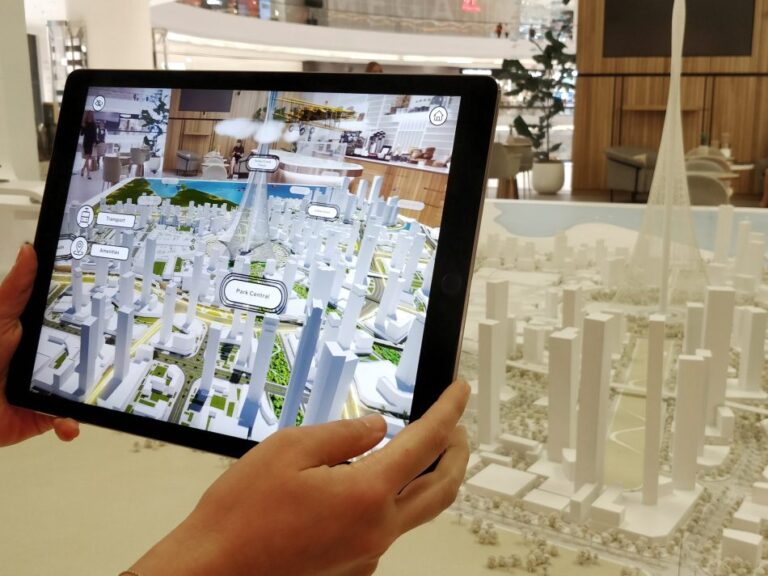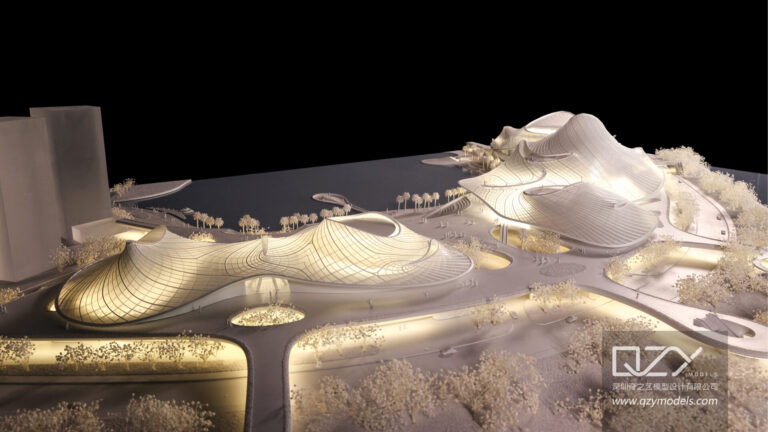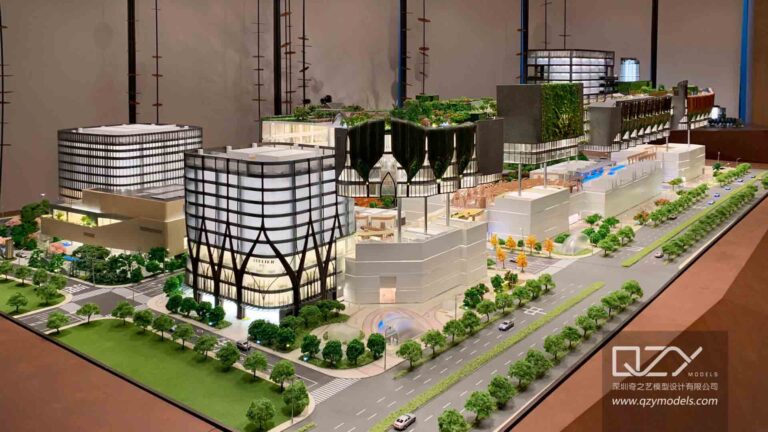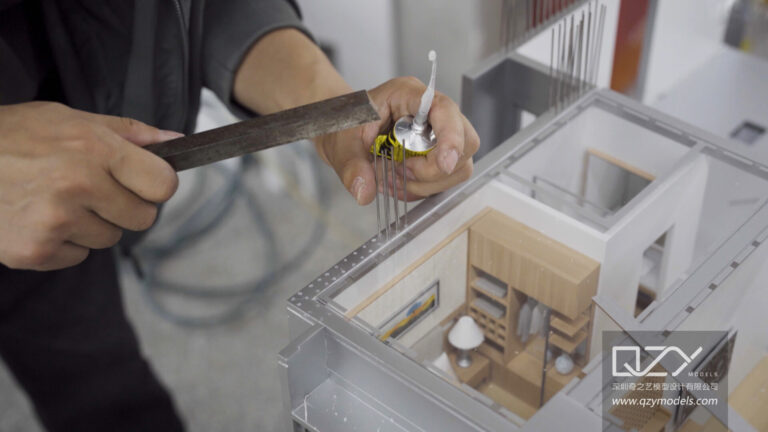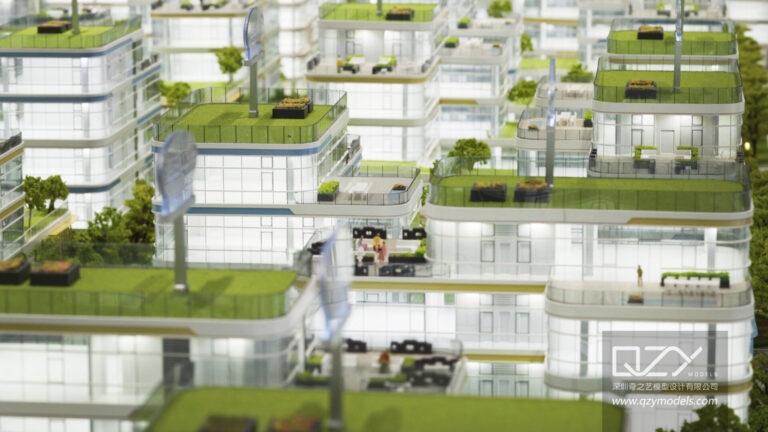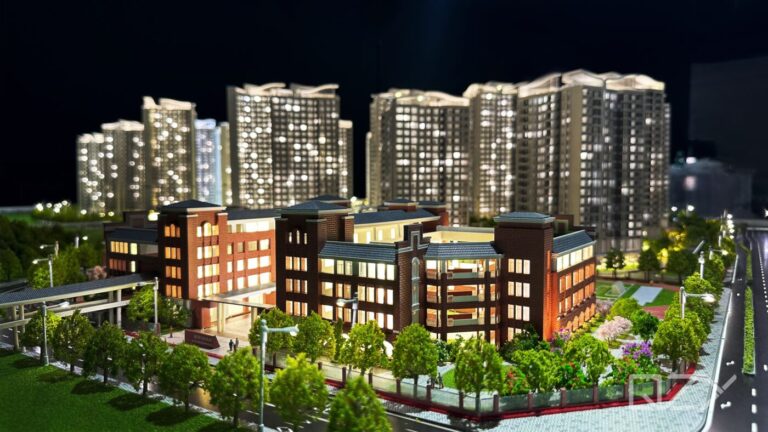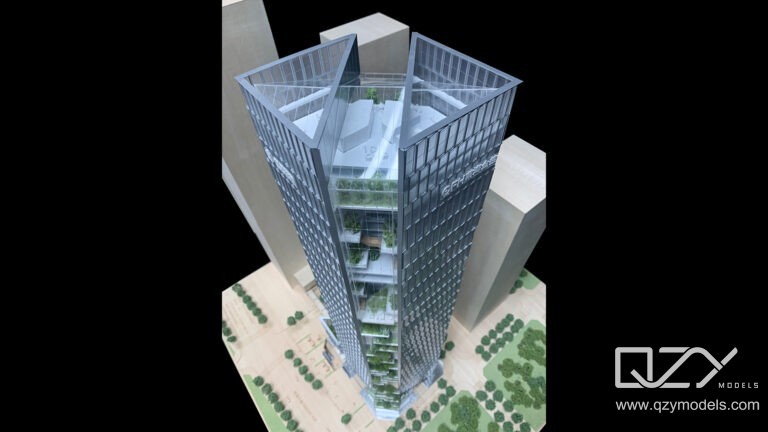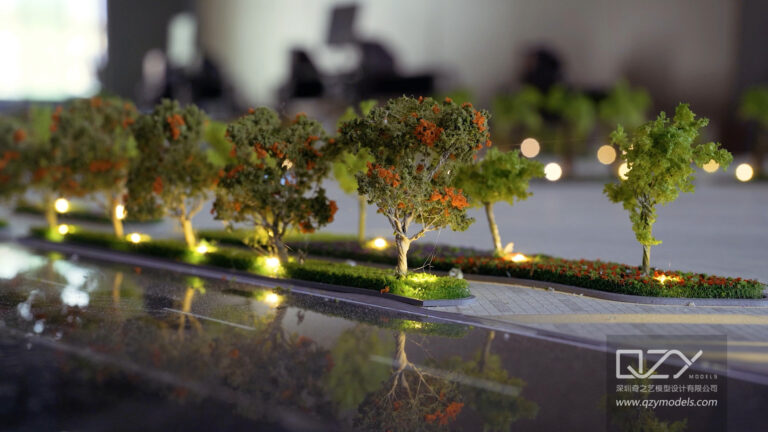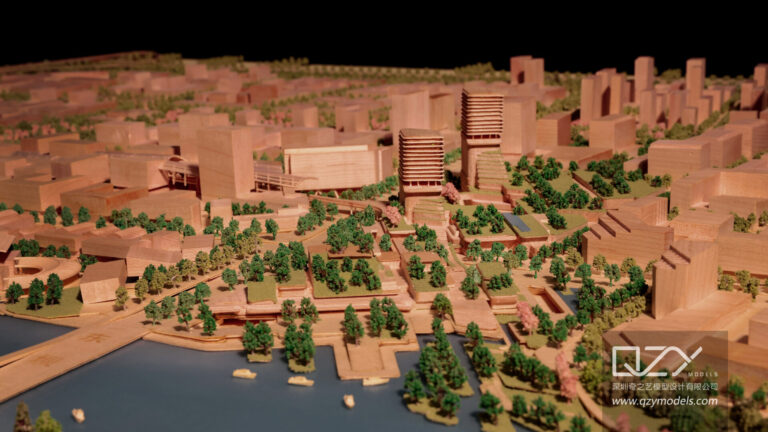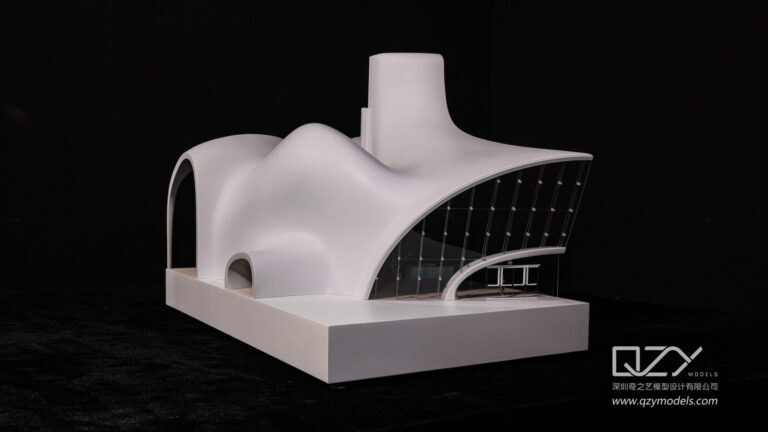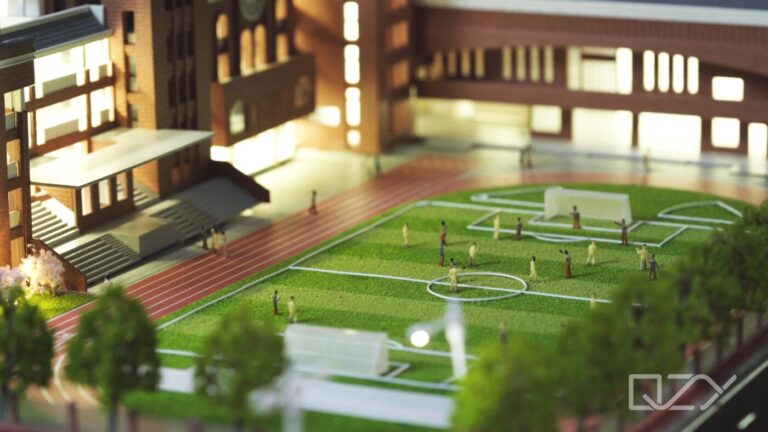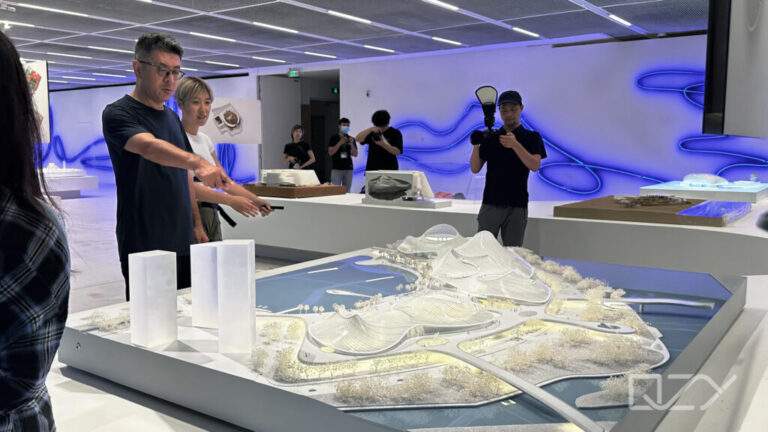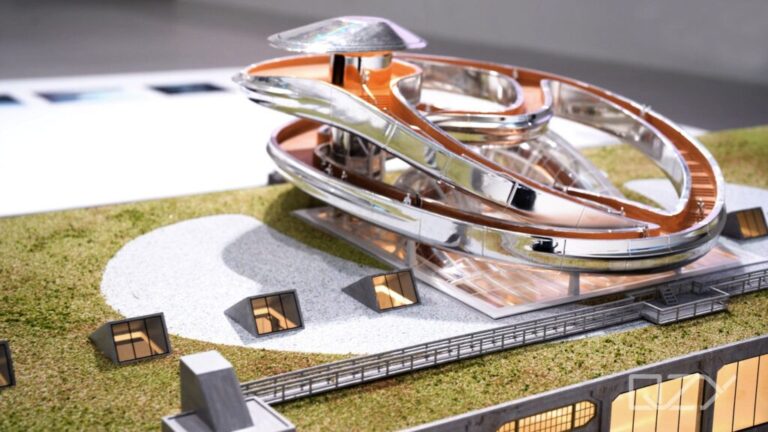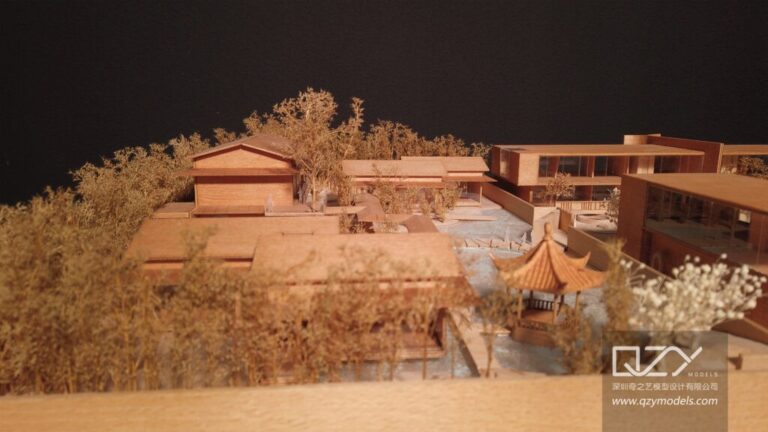Architectural Models: Bringing Blueprints to Life
Architectural models are tangible representations of imagination and design prowess, offering a three-dimensional glimpse into future structures and spaces. This article delves into the world of architectural models, exploring their significance, construction techniques, and the pivotal role they play in shaping our built environment.
I. Understanding the Purpose of Architectural Models
Architectural models serve as powerful communication tools, enabling designers to convey complex concepts and spatial arrangements effectively. Clients and stakeholders can easily grasp the proposed design, fostering better communication and alignment of visions.
A.Visualization and Communication:
Architectural models serve as powerful communication tools, enabling designers to convey complex concepts and spatial arrangements effectively. Clients and stakeholders can easily grasp the proposed design, fostering better communication and alignment of visions.
B.Exploring Design Options:
Models facilitate design exploration by allowing architects to experiment with various layouts, materials, and façade treatments. This iterative process refines the design and leads to innovative and functional solutions.
C.Enhancing Public Engagement:
For large-scale projects, architectural models become essential for public engagement. They allow communities to visualize proposed developments in their context, fostering transparency and soliciting valuable feedback.

II. Types of Architectural Models
Explore the various types of architectural models used by designers to communicate and refine their creative visions.
A.Conceptual Models:
Conceptual models represent early-stage design ideas, focusing on conveying overall concepts and spatial relationships. Architects use these models to present the initial vision to clients and stakeholders.
B.Massing Models:
Massing models emphasize the bulk and form of a building, studying its overall volume and silhouette within its surroundings. These models help evaluate the visual impact of the structure on its environment.
C.Presentation Models:
Highly detailed and visually appealing, presentation models showcase the final design to clients, investors, or the public. These models are refined representations of the finished project, capturing every intricate detail.
III. Construction Techniques for Architectural Models
Discover the various construction techniques employed by model makers to bring architectural visions to life with precision and artistry.
A.Handcrafting:
Traditional handcrafting involves skilled artisans working with materials like foam, wood, cardboard, and plastic to meticulously cut, shape, and assemble the components. This time-honored method allows for a hands-on and artistic approach to model making.
B.3D Printing:
Modern technology introduces 3D printing into architectural model making, enabling rapid prototyping and intricate detailing. This innovative technique streamlines the production process and offers greater design flexibility.
C.Laser Cutting and CNC Machining:
Laser cutting and CNC machining offer precise cutting and engraving capabilities, allowing for intricate details and accurate reproductions. These advanced techniques complement handcrafting and 3D printing, resulting in precise and sophisticated models.
D.Sustainable Materials:
In the era of environmental consciousness, model makers are exploring sustainable materials like recycled cardboard and biodegradable plastics to minimize their environmental impact.
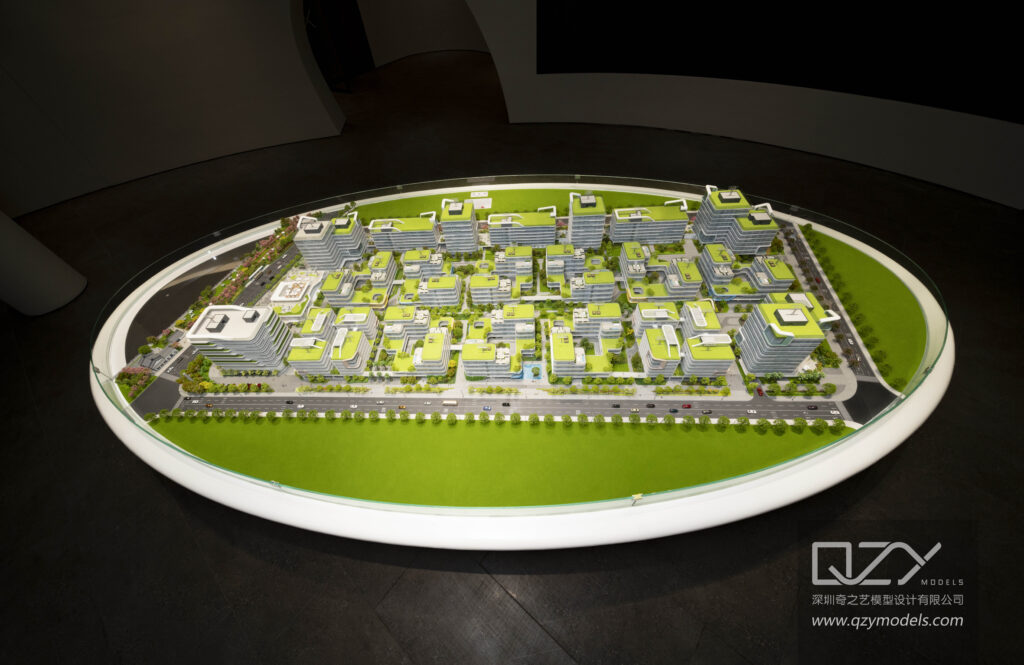
IV. Showcasing Architectural Models: Presentation and Preservation
Effective presentation and preservation are crucial aspects of showcasing architectural models, ensuring they leave a lasting impact.
A.Effective Presentation Techniques:
Architects utilize lighting, backgrounds, and display methods to enhance the visual impact of their models during presentations. Proper lighting emphasizes key features and creates an immersive experience for viewers.



